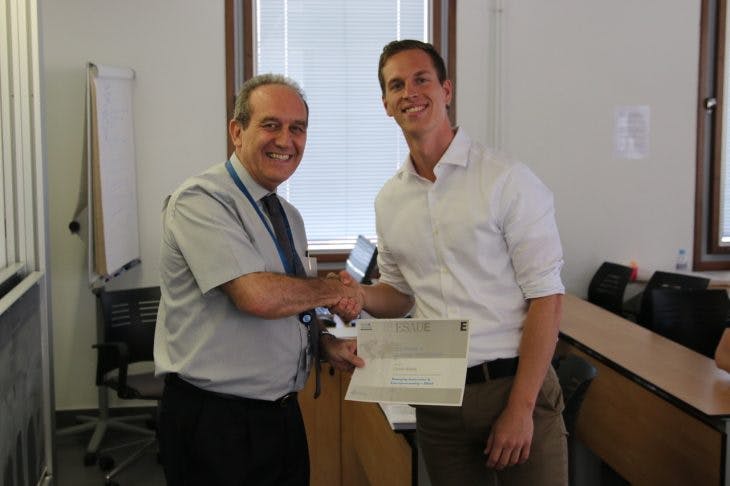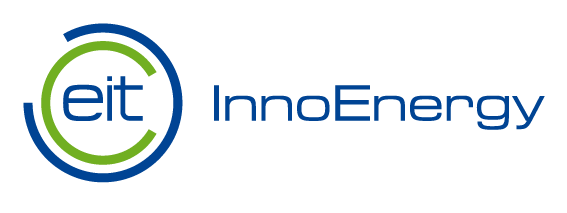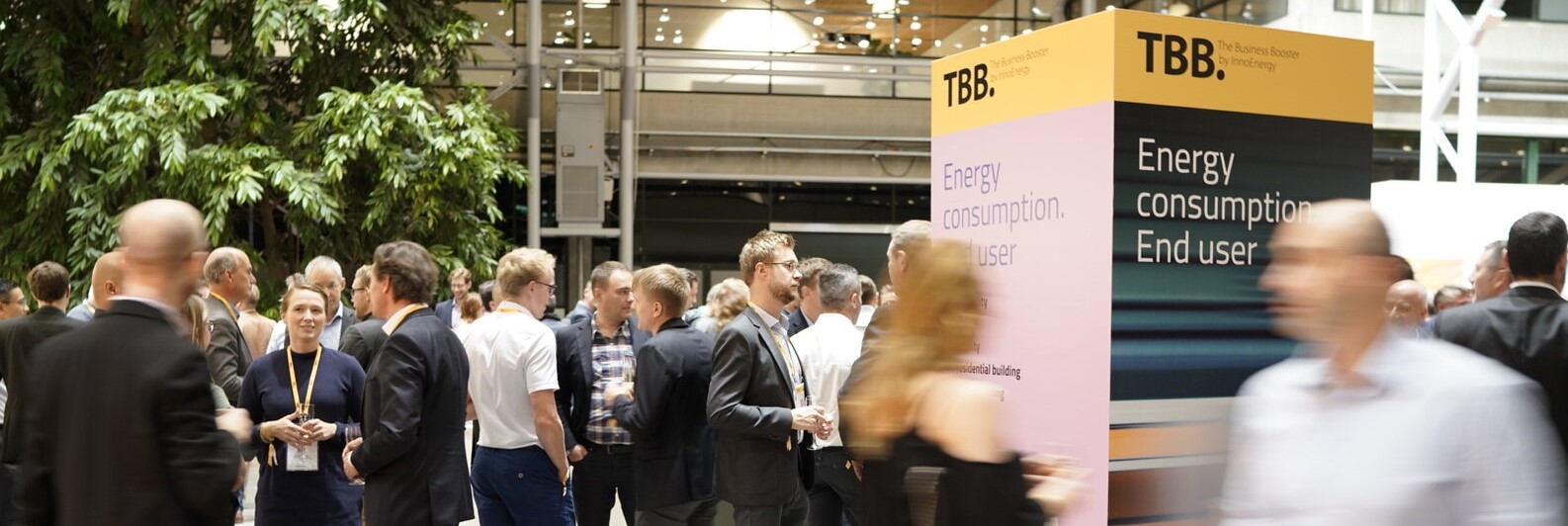EIT InnoEnergy PhD Candidate Cedrik Wiberg turns his motivation into results!

Any one of Cedrik Wiberg’s accomplishments would be considered a great 18 months of work. An exhilarating mobility at MIT, one of the most prestigious institutions in the world. Inventing a new organic battery molecule and patenting the technology. And how about beginning to turn that innovation into a viable start-up? It’s a dream list of accomplishments that certainly didn’t happen by accident. It has taken a lot of motivation and hard work to get here, and the sky is the limit as to where he’ll go next!
We spoke with Cedrik to hear his story so far – to see how one stays driven and pushes through obstacles standing in the path of success. A common thread? The EIT InnoEnergy PhD programme, which has been a source of motivation and connections – the perfect complement to his considerable talent. Let’s see how these fruitful events have unfolded!
An inspiring mobility at MIT
In the first six months of his PhD, Cedrik decided to switch research gears – from organic solar cells to the hot new technology of organic redox flow batteries. However, his first discovery was that he lacked the knowledge and resources to follow through with this new research topic. To learn from the best, Cedrik aimed to join the top research facility for this technology, MIT, and after diligent legwork – won his spot there.
He reflects fondly on his six-month mobility: “The best part was walking the corridors at the MIT chemical engineering building with the feeling of being part of something big and influential. The small town of Cambridge has an impressive assortment of world-famous universities including MIT, Harvard and Tufts, and consequently has this cosy ‘nerdy feel’. Pubs packed with PhD students line the streets and signs of academic history are everywhere. My MIT colleagues were all incredibly bright and hard-working, and it was clear that they had all pushed very hard to get to that position. I loved soaking up this atmosphere, and it’s something I’ll always remember.”
Inventing a greener, more reliable battery
Even though we see a dramatic increase in renewable energy, such as solar and wind farms, they are not always the most reliable. We need to store the green energy created for days when there is no sun or wind. This has made it very important to develop cheap and environmentally-friendly energy storage technologies. Cedrik explains, “The current technology based on Lithium and Cobalt is still not quite cheap enough, and certainly not good for the environment. When doing my initial research on other battery options, I was very enthusiastic since it is such an unexplored research field with amazing potential. I’m working on aqueous organic redox flow batteries by developing and testing organic molecules that could be used as the energy-bearing parts of the batteries. If it is possible to produce cheaply in large scale, and get it to perform on par with the current batteries, I think the molecule could be very impactful. It’s synthesised in a very environmentally-friendly manner, and if it manages to penetrate the market, a new generation of metal-free batteries could be underway!”
Protecting a great innovation
The next logical step would be for Cedrik to protect his idea – in order to turn it into a viable product. The road was not so straight, as he shares, “When I did the initial testing of the molecule, my professor (at Chalmers) and I thought it seemed promising – so I suggested we look into patenting it. But in academia, most professors don’t want to bother with applying their research in the industry, so I did not get a lot of excitement from my supervisors. This is where the influence of the InnoEnergy programme comes in. Such as the summer school at ESADE, which gave me a lot of knowledge and confidence to embark on this journey. It really pressed the point that ideas should reach the marketplace where they can do some good!” Cedrik started the patenting process, which took little more than four months, and now has his research is protected and ready for commercialisation!
From idea to start-up
Cedrik’s plans for the future are coming into focus. “After the day the patent application is sent in, I have 18 months to prove that the technology works as well as is promised in the patent. My PhD is set to end in 2020, so I think that could work out pretty well, gradually transitioning from research over to entrepreneurship. My InnoEnergy supervisor has been very helpful in supplying me with contacts and helping me plan for the future, so I will see how far I can take the molecule in my new company, Rivus.”
The InnoEnergy experience
The ESADE summer school was a highlight for Cedrik. He says, “I love the possibility to travel to different parts of Europe to attend very well-organised courses together with sharp and ambitious fellow PhD students. ESADE allowed me to enjoy travelling, meet stimulating people and acquiring useful skills for my future. The InnoEnergy programme, in general, has exposed me to a lot of inspiring people, and I think the most useful part of it is that some of that “go-getter attitude” might have rubbed off onto me from the other students. I appreciate having a steady source of motivation.”
As Cedrik continues in his third year of the PhD programme, working hard to prove his technology and turning it into a viable business – he shares how integral a great network will be to accomplish his goals. “The InnoEnergy network is teeming with bright and ambitious talent that I plan to tap into and are proud to associate with.”

